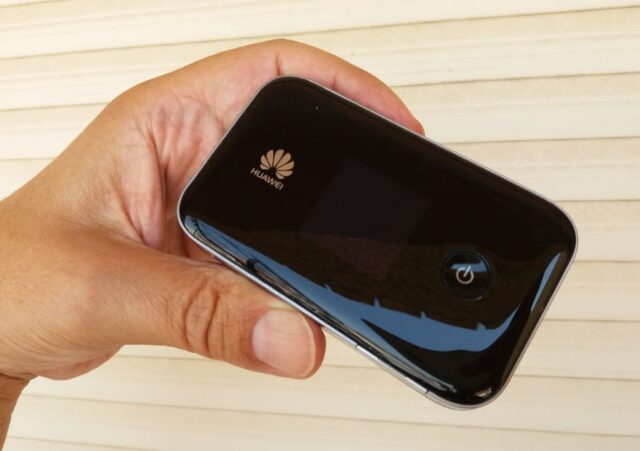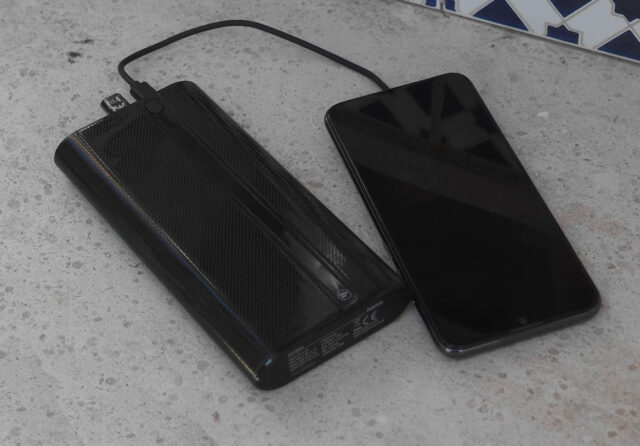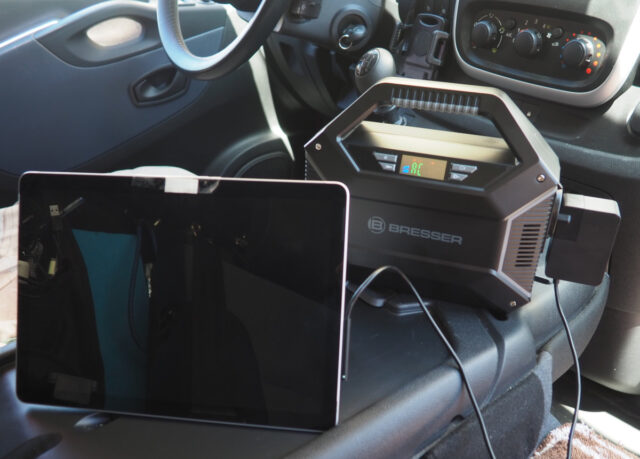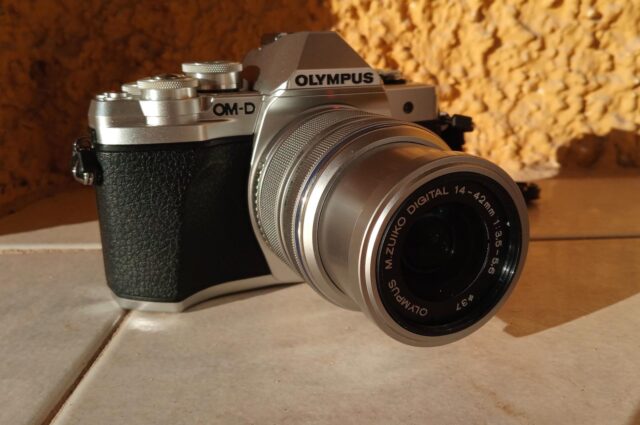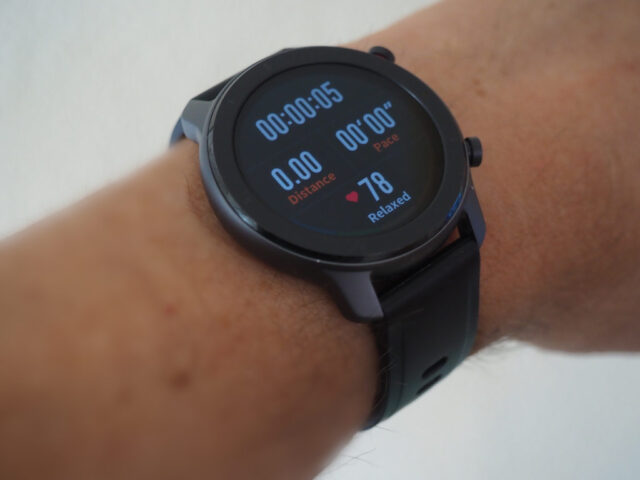What did we carry along to our trips before we had gadgets? I think we used to pack too much clothes, and perhaps bought even more textiles at a destination. And now? Looks like I’m not the only one who tends to have too many mobile devices and gadgets with me. So, I have created a list where I explain the case for each gadget and why it is essential. The length of a trip, is it a work/leisure journey, the space available for your things, and the balancing act with battery power are important criteria when deciding which devices to pack along.
Forget about cup holders, Bluetooth speakers, hot water/coffee bottles, LED lanterns, and other crap that so called lifestyle magazines want to sell you as essential travel gadgets. The space for things you can carry along is always limited. Of course, if you have a campervan and are planning a trip across Europe, you probably have more space for electronics, clothes and other things, but if you are heading to a beach resort on a low cost flight, space for gear is very limited.
Here are the mobile devices that actually are useful when you travel.
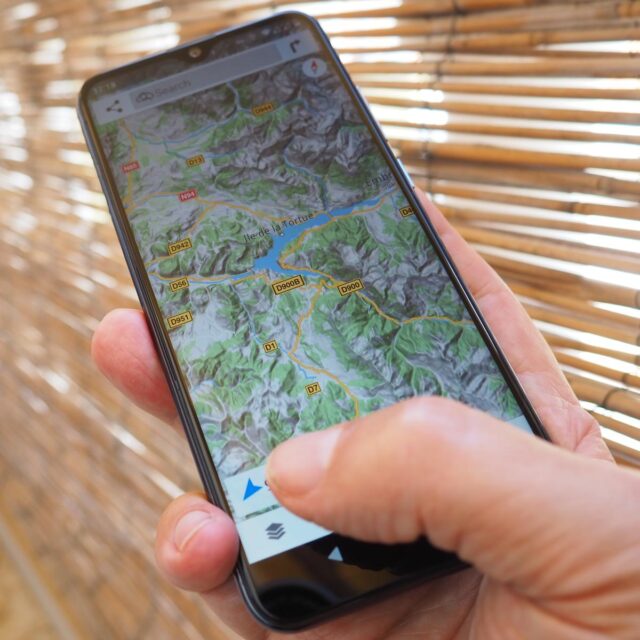
Phone
Phone is such an essential product in our lives that we simply don’t leave home without it. On a trip, it can help us navigate, record memories in photos, translate foreign languages, and much more. For overseas trips, check that roaming is enabled on the phone. By the way, security experts recommend publicly sharing photos with location data only after the trip has been completed. De-googled phones are considered safer than Android or Apple phones.
Earbuds
Pack earbuds instead of headphones. I know noise-canceling headphones are so cool and white wireless earbuds even cooler, but no, they are not smart products for travelers. Wired earbuds are the best for music, podcasts and audiobooks during a journey. Earbuds are practical on the road because they are small and you never have to worry about charging them.
Earplugs
Earplugs are tiny and light essential product that – although not a fancy gadget – are required practically on every trip for sleeping well. Beforehand it is impossible to know the noise level in each destination at night. Also travel time on a train or on a plane can be long but earplugs let you rest in silence.
Ereader or phone
An e-reader or a spare phone is an optional gadget for travelers who like to read books or listen to audiobooks. E-readers have a special greyscale display that doesn’t waste energy, allowing them to run weeks on a single charge. This year, however, I dropped the ereader from my travel gadget selection, and replaced it with a spare phone. I moved ebooks to the phone and loaded it with offline maps as well. The spare phone is for reading only, and it is a backup navigation device if other navigation devices are low on battery. The purpose is to save the battery of the primary phone. In addition, if the primary phone breaks down during the trip, the spare phone can take over as the primary communications device.
Tablet or compact laptop
Tablet or a compact laptop is not a product that every traveler needs, but people who expect they have to work, want to play or watch movies probably will carry one along. I need to take a laptop along for work, but I have learned that trips less than one week long are feasible with tablet only. An additional benefit of carrying a tablet is that you can download maps on the device, and enjoy viewing maps on tablet’s large screen (if it is 10 inches or larger).
Mobile Wi-fi router
Small, battery-powered Wi-Fi router is an essential gadget for travelers who want to secure their communications and get online anywhere a mobile network signal exists. The mobile Wi-Fi router is a phone-size device with its own SIM card. It connects to a mobile network and provides a safe Wi-Fi hotspot (it is yours, and you decide who can access it) for all your tablets, e-readers, phones, cameras, and computers. You don’t have to waste time on looking for public Wi-Fi hotspots and rely on unknown, potentially harmful Wi-Fi hotspots. You have to pay for the mobile network access (data only).
Power bank(s)
Power bank provides energy for devices running on battery when there is no hope of finding a wall socket for awhile. There are many types of power banks, but here are the three most important types: tiny, portable, and large that are carried in a car.
A few years ago, phones were small and their batteries were small as well. At the time, a tiny power bank (under 10000 mAh capacity) was fine, but not anymore. Typically these tiny products can’t fully charge a modern phone, so there they are not recommended.
A portable power bank that is easy to carry in a bag or backpack with capacity around 20000 mAh and up is what you need for a modern phone or tablet.
For camping and road trips when it is possible you can’t recharge from power grid for multiple days, I recommend a large power bank that weighs a few kilograms but is easy to carry along in any car.
Dedicated camera
A dedicated camera probably feels like extra luggage for travelers who don’t take photography seriously. Last summer I visited a few popular tourist destinations in France, and it seemed that I was the only one with a dedicated camera that lets you to choose your lens and adjust all possible image settings. It is easy to understand why most travelers are happy with their phone camera: it is always in a pocket. Serious photography, however, is extremely equipment-driven activity that easily leads to carrying a large photography backpack reserved for photo gear only. Is a good phone camera enough for you, do you need a dedicated camera, or a backpack full of gear is a choice every photographer makes before a trip.
Smartwatch or fitness tracker
A smartwatch or fitness tracker is an optional gadget for travelers who are planning outdoor activities or want to follow how their body reacts to new experiences. They are convenient devices for monitoring health and fitness, and some of them let you record your route as well. These tiny devices don’t take a lot of space, don’t consume much energy, and are usually quick to charge.
Oh, and remember to take all the necessary chargers and cables with you. New mobile devices come with USB-C connectors whereas older devices have a micro-USB connector. Each and every mobile device doesn’t need a dedicated charger because you can use same USB charger for many devices. Adapter cables may be required to make old and new USB connectors compatible with a charger. For overseas travel check if you need a power plug adapter.



